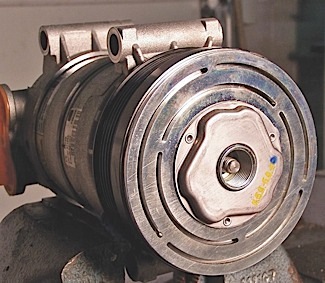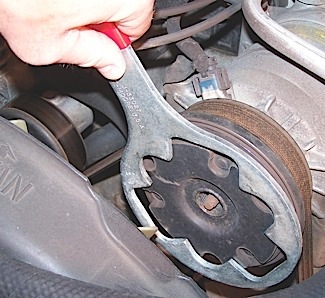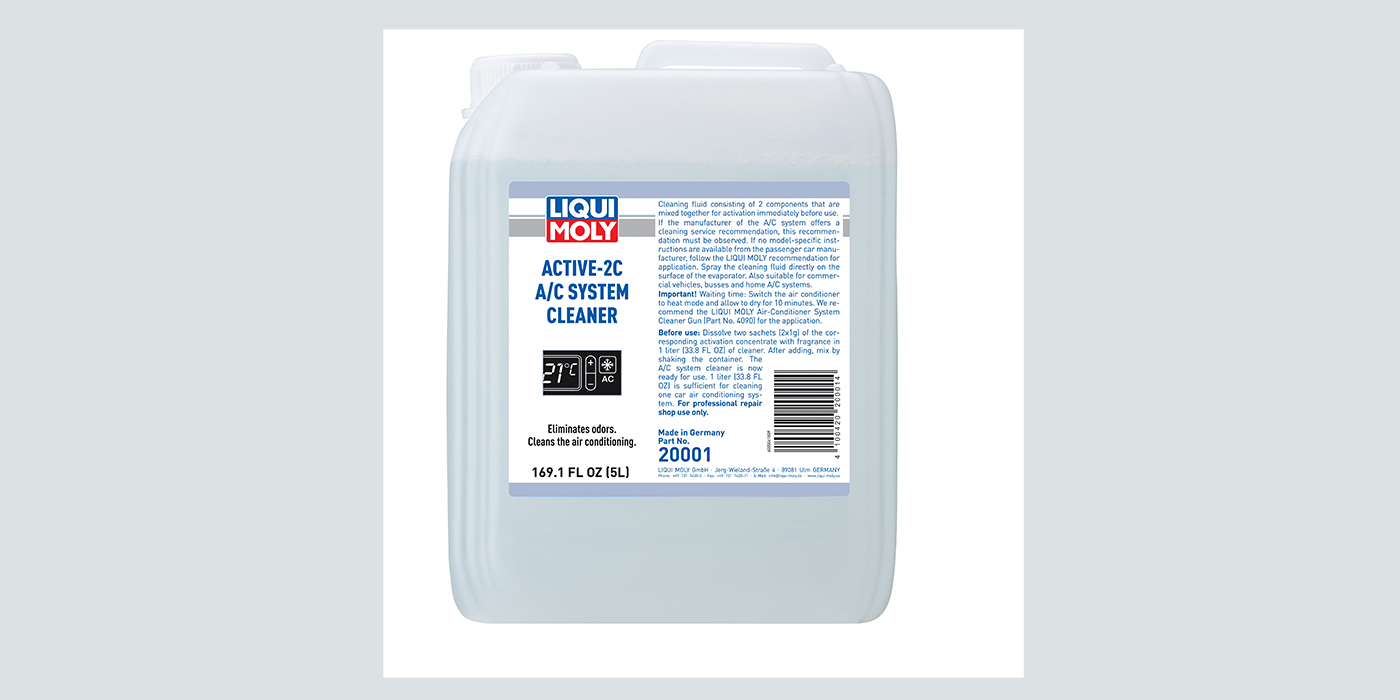



A car or truck comes into your shop with a complaint of poor heater performance. The driver complains that on cold mornings the heater will blow cold during the drive to work in rush hour traffic. The car is not overheating and the air is coming from the correct ducts. Your first reaction might be to install a new thermostat and inspect the heater core for a blockage. On the test drive, the system may perform great for you. Is the customer just cold blooded?
A car or truck comes into your shop with a complaint of poor heater performance. The driver complains that on cold mornings the heater will blow cold during the drive to work in rush hour traffic. The car is not overheating and the air is coming from the correct ducts.
Andrew Markel discusses the clutch on the A/C compressor, and the signs to look for in your diagnostic to confirm its operation. Sponsored by Valeo.

Toyota’s original Land Cruiser was the company’s version of a Jeep that could go anywhere. In its time it was highly rated and collected, which led the Japanese juggernaut to bring back an updated SUV in 2007 called the FJ Cruiser. The retro-styled vehicle was again a go anywhere machine powered by a 4.0L V6 (1GR-FE) used in the Tacoma. The engines are durable and considered relatively robust for the time.

Different types of coolants cover a range of applications from diesel to domestic, Asian and European vehicles. Each one is formulated to a specific manufacturer’s specifications to keep their engines at an optimal temperature. But, changes to the old one-size-fits-all formula has led to confusion for consumers and even some technicians.

Andrew Markel discusses hoses and the necessity for several of them to route fluids to all parts of the vehicle due to the growing efficiency of engines. Sponsored by Dayco.

Two specifications can be used to justify replacement — the condition of the additive package & the freezing point.

HVAC control modules may fail when the contacts and switches become inoperable. Sponsored by The Group Training Academy.

The cleaning solution is designed to improve the efficiency and lifespan of HVAC systems.

Through its partnership with TEXA, Rotary will launch three new models in the spring of 2023.